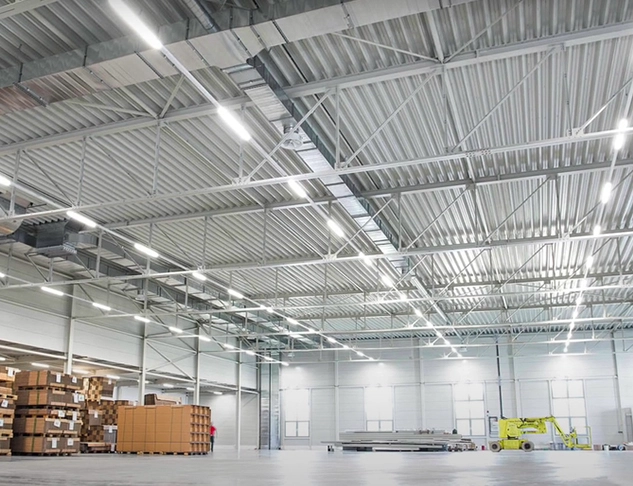Explosion proof lighting is a critical component in ensuring safety within environments that contain flammable gases, vapors, or dust. These specialized lighting fixtures are designed to prevent ignition of hazardous materials and to withstand the harsh conditions often found in industrial settings. This article explores the importance, applications, and specifications of explosion proof lighting.
What is Explosion Proof Lighting?
Explosion proof lighting refers to fixtures that are specifically engineered to operate safely in hazardous locations. These lights are constructed to contain any explosion that may occur within the fixture, preventing it from igniting surrounding flammable substances. They are commonly used in industries such as oil and gas, chemical manufacturing, mining, and food processing.
Key Features of Explosion Proof Lighting
- Certification Standards: Explosion proof lights must meet stringent safety standards, such as those set by Underwriters Laboratories (UL) under the UL 844 standard. This certification ensures that the fixtures are designed to prevent ignition of explosive atmospheres.
- Durable Construction: These lights are built with robust materials that can withstand impacts and harsh environmental conditions. Common materials include non-conductive aluminum and tempered glass, which provide both durability and safety.
- Sealed Design: The fixtures are sealed to prevent dust and moisture ingress, which could potentially lead to electrical failures or explosions. This is essential for maintaining operational integrity in challenging environments.
- Heat Resistance: Explosion proof lights are designed to dissipate heat effectively, reducing the risk of overheating and subsequent ignition of flammable materials nearby.
Applications of Explosion Proof Lighting
Explosion proof lighting is utilized across various industries where safety is paramount due to the presence of hazardous materials:
- Oil and Gas Facilities: In drilling rigs and refineries, explosion proof lights illuminate work areas while ensuring compliance with safety regulations.
- Chemical Plants: These facilities often handle volatile substances that require specialized lighting solutions to mitigate risks.
- Mining Operations: Underground mines frequently use explosion proof lights to ensure visibility while protecting workers from potential ignition sources.
- Food Processing Plants: In environments where dust from grains or other materials may accumulate, explosion proof lighting helps maintain safety standards.
Choosing the Right Explosion Proof Lighting
Selecting appropriate explosion proof lighting involves several considerations:
- Class and Division Ratings: Understand the specific classification of the hazardous area (e.g., Class I Division 1 or Class II Division 2) to ensure the selected fixtures meet regulatory requirements.
- Lumen Output: Determine the necessary brightness levels for the workspace. Proper illumination is crucial for maintaining safety and productivity.
- Mounting Options: Consider how the lights will be installed—whether on ceilings, walls, or poles—to ensure optimal coverage and accessibility for maintenance.
- Energy Efficiency: Many modern explosion proof lights utilize LED technology, which offers significant energy savings compared to traditional incandescent or fluorescent fixtures.
Benefits of Using Explosion Proof Lighting
Implementing explosion proof lighting systems provides numerous advantages:
- Enhanced Safety: By minimizing the risk of ignition in hazardous environments, these lights protect workers and facilities from potential disasters.
- Improved Visibility: Adequate lighting enhances visibility in critical work areas, reducing accidents and improving operational efficiency.
- Long Lifespan: High-quality explosion proof fixtures are designed for longevity, resulting in lower maintenance costs over time.
- Regulatory Compliance: Utilizing certified explosion proof lighting helps companies adhere to safety regulations and standards set by organizations such as OSHA (Occupational Safety and Health Administration).
Conclusion
Explosion proof lighting is an essential aspect of workplace safety in industries dealing with hazardous materials. By selecting the right fixtures that meet regulatory standards and environmental conditions, businesses can ensure a safer working environment for their employees while maintaining compliance with safety regulations. Investing in high-quality explosion proof lighting not only protects personnel but also enhances operational efficiency across various industrial applications.



